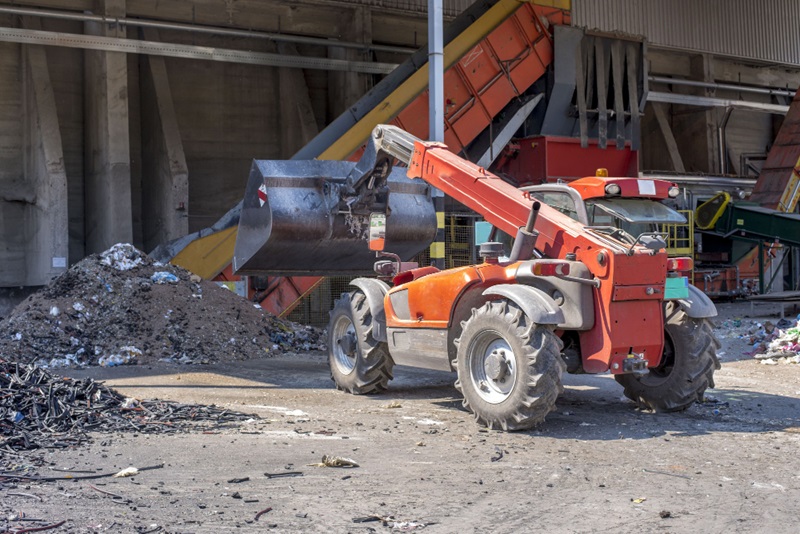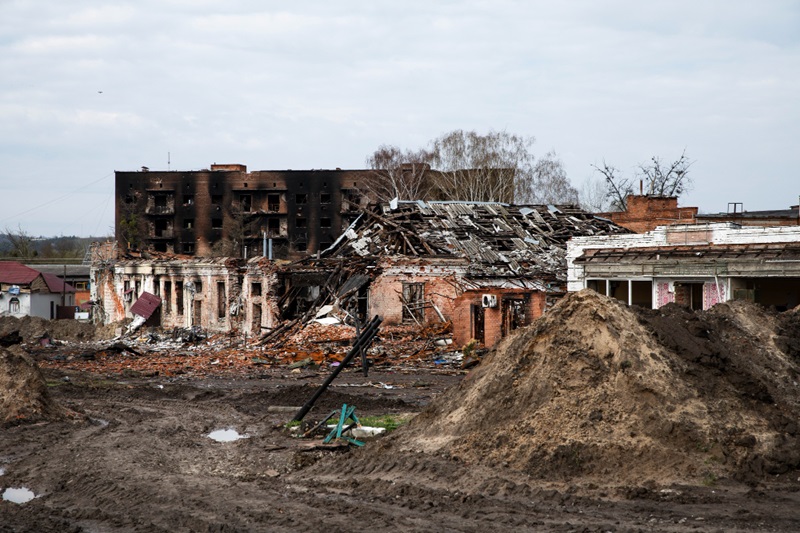Have you ever stopped to ponder the ballet of destruction that is a building demolition? How does a heap of bricks and mortar, steel and wood, tumble down safely and efficiently. Making room for new creations? You might witness such a spectacle and marvel at the machines’ raw power. The dust cloud’s explosive beauty, or simply ponder the transient nature of man-made structures. But just as any intricate dance requires careful choreography, so too does the art – and science – of tearing down buildings. In this post, we will venture into the combative world of deconstruction, where architecture meets its well-planned end.
A demolition is not simply about unleashing force. At its best, it requires a deep understanding of structural engineering, material science, and risk management. A seemingly chaotic process is, in reality, a meticulously planned operation – a masterclass in controlled chaos.
This blog will take you on a journey through the various techniques of demolition, the planning process, preparations. The aftercare, and other aspects involved in the fascinating process of building demolition.

The Art of Deconstruction: Techniques of Demolition
Demolition might seem to be the quintessential display of brute force, but it’s also as much about strategy and precision. There are different techniques adopted by professionals based on the building type, location, and other environmental factors. These include implosion, selective demolition, and the traditional or wrecking ball method.
Implosion, while visually dramatic, is actually used less frequently due to the level of expertise and planning it requires. Selective demolition, a more subtle art, involves carefully taking a building apart piece by piece. Meanwhile, the traditional method of demolition stands as the symbol of destruction that we all first think of.
The Blueprint of Destruction: Planning the Demolition
Behind every successful demolition lies carefully drawn plans, safety measures, and extensive research. Contrary to popular belief, demolition projects require as much planning, if not more, as building construction projects. In this phase, every single beam, wall, staircase, and room is mapped and analysed. Determining the approach for demolition is a mammoth task that involves potentially hundreds of professionals. Studying piles of architectural drawings, and assessing the impact on the local community and the environment.
Behind every successful demolition lies a meticulously crafted blueprint. A comprehensive strategy that intertwines safety protocols with meticulous planning and exhaustive research. Contrary to popular belief, demolition projects demand as much, if not more, preparation than their construction counterparts. In this critical phase, every structural element — from beams to walls, staircases to rooms — undergoes meticulous scrutiny and analysis. Determining the optimal approach for demolition is a colossal undertaking, involving the collaborative efforts of potentially hundreds of experts. They pore over stacks of architectural blueprints, scrutinizing every detail to ensure the seamless execution of the project while carefully evaluating its impact on the local community and the environment. Each decision is weighed with precision, recognizing the intricate interplay between safety, efficiency, and environmental responsibility. This exhaustive planning stage serves as the bedrock upon which the demolition’s success ultimately rests, ensuring a controlled, safe, and environmentally conscious process from start to finish.
Tick-tick, Boom!: Preparations for a Demolition
The preparations for a demolition are specific to the chosen methodology. All the methods come with their unique set of requirements like the placement of the explosives in implosion, removal of hazardous materials, safeguarding adjacent properties, and ensuring the safety of the demolition crew and the public.
The preparations for a demolition are intricately tailored to the chosen methodology, each method presenting its distinct array of prerequisites and considerations. In the case of implosion, meticulous planning is devoted to the precise placement of explosives, strategically positioned to orchestrate the controlled collapse of the structure. Concurrently, meticulous attention is given to the removal of hazardous materials, safeguarding against potential environmental and health risks. Moreover, measures are implemented to protect adjacent properties, employing advanced techniques such as blast mats or structural bracing to mitigate potential damage. Central to these preparations is the unwavering commitment to ensuring the safety of both the demolition crew and the public, with comprehensive safety protocols meticulously enforced throughout every stage of the process. These preparations underscore the complexity and precision demanded by each demolition project, with a steadfast dedication to safeguarding lives, property, and the surrounding environment.
The Rubble Residue: Dealing with the Aftermath
Once the building collapses into a pile of rubble, the task of removing the debris efficiently is carried out by the team. This rubble, often segregated into different material types, can then be recycled, repurposed, or responsibly discarded.
Contrary to common perception, demolition is far from a brute force endeavor. It is a delicate dance orchestrated by seasoned professionals who approach their craft with precision and finesse. Every demolition project begins with an intricate choreography of planning, analysis, and strategy. From towering skyscrapers to humble abodes, each structure presents its unique set of challenges and considerations.
Pros and Cons of Demolition
While the advantages of demolition might be apparent in creating space for new structures, it comes with its own baggage in terms of environmental impact, disruption to the local community, and the loss of historical or cultural structures.
At the heart of the demolition process lies a thorough understanding of structural dynamics and materials science. Engineers meticulously assess the composition of the building, identifying key load-bearing elements and vulnerable points. This knowledge informs the development of a tailored demolition strategy, whether through traditional methods like mechanical dismantling or cutting-edge techniques such as implosion.

The Daring ‘De-constructors’: The Professionals Behind Demolition
The best demolition experts, equipped with years of experience and a deep knowledge of structural engineering, are artists in their field. Precise, meticulous, and courageous, these professionals understand the beauty of destruction.
Implosion, in particular, stands as a testament to the marriage of science and spectacle. By strategically placing explosives at precise locations within the structure, demolition experts orchestrate a controlled collapse that defies gravity. What ensues is a breathtaking display of synchronized destruction, as the building crumbles inward upon itself with remarkable precision.
Conclusion
As we walk through the dust-choked grandeur of a building demolition. it becomes clear that this is no clumsy show of strength. On the contrary, it is a dance involving steady steps, calculated strikes, and a well-scripted finale, all planned by professionals who execute their craft with precision and skill. Each demolition transforms our urban landscapes, clears up space for new creations while presenting complex challenges along the way. It’s the complex science behind building demolition that makes every controlled collapse a momentous spectacle. a demonstration of the relentless cycle of creation and destruction that shapes our cities.


